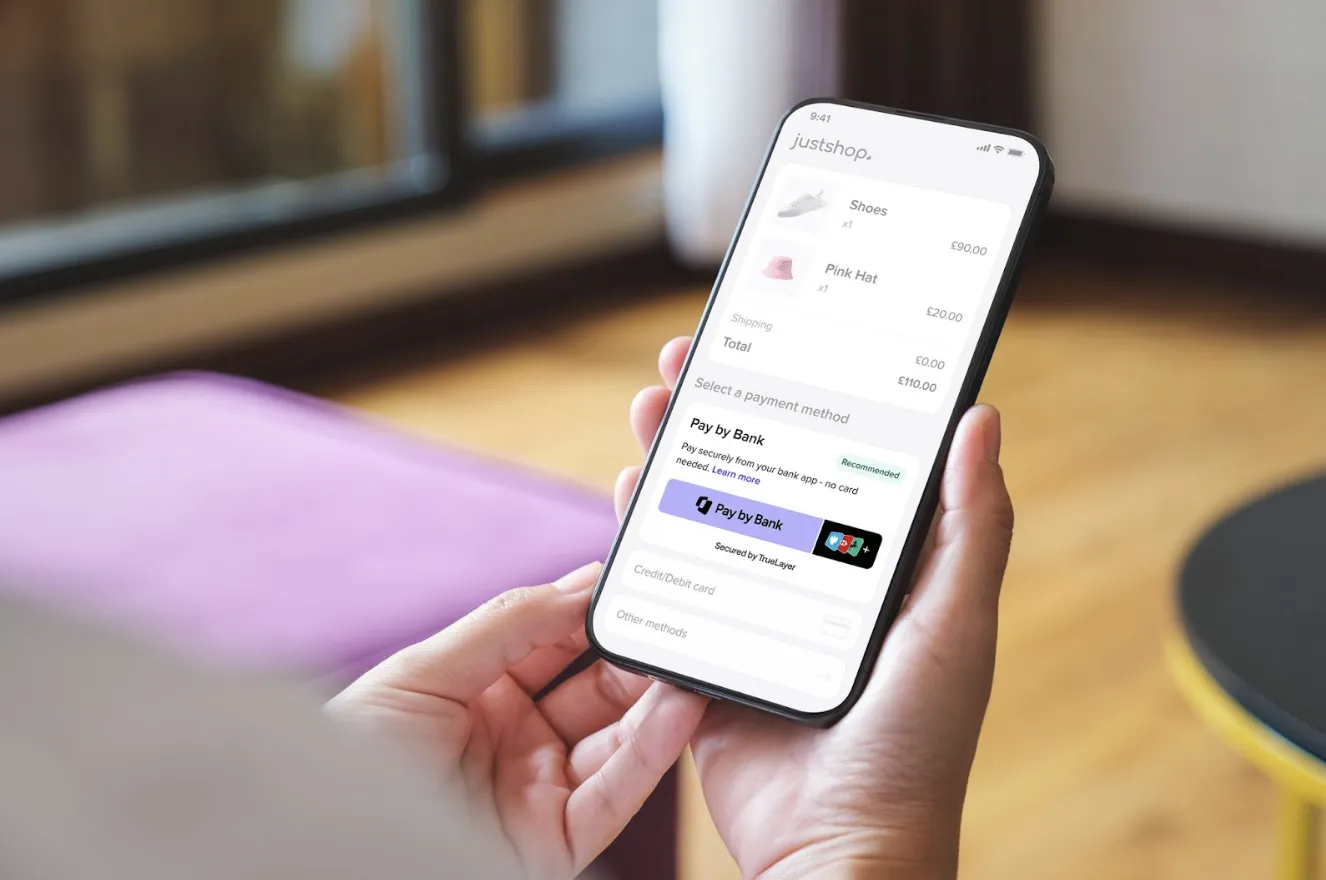Consumer Data Right: what open banking in Australia needs now

With a year of open banking underway in Australia (the first birthday of the Consumer Data Right or CDR was on 1 July), we know that many of our global clients are evaluating their go to market options for open banking in Australia.
So what still needs to be done to enable companies to launch successfully here – and what is TrueLayer doing to help?
In this blog, I'll cover three critical areas that Australia's finance sector needs to address to make open banking a success for consumers and businesses: consumer participation, competition and confidence.
Consumer participation
The key to open banking success is consumer buy-in, but first we need to create the right use cases which deliver value for Australians.
With five years of experience in the UK, TrueLayer is already working with global companies to enable use cases – for example, we work with digital banks like Revolut to make it easier for consumers to transfer money, and accountancy firms like Coconut to help SMEs with their finances, through automated accounting.
To enable these and other use cases in Australia:
More businesses need to register as Accredited Data Recipients (ADRs) – entities that can receive data.
Banks and credit unions need to speed up compliance with open banking criteria
Recently updated CDR rules from Treasury need to become law, which includes new options for accessing open banking data, eg through sponsor/agent, representative and unaccredited insight models.
We need to simplify the process around joint accounts. The updated rules seek to introduce a “default-on” model for joint accounts, but won’t be available until 1 April 2022. Until the new rules come into play, joint accounts are subject to opt-in rules for both account holders.
We know from the UK's work on open data that forcing both account holders to opt in if one tries to share the data with an ADR, adds excessive friction and negatively impacts conversion.
We also know Australian companies are keen to embrace the sponsor/agent model which has been announced as part of the July rules update. This will allow them to 'borrow' an open banking licence from companies like TrueLayer, helping them to become ADRs faster and launch more products for consumers.
TrueLayer has five years of experience sponsoring Account Information Services (AIS) licensees under the UK's PSD2 regime – we'll be tailoring the process here to the upcoming Australian rules.
Competition
It took the UK 24 months to get 1 million customers to engage with open banking, just eight months for the next million and just over six months to hit 3 million.
This exponential growth is due to competition: as more people used open banking, more companies acted to deliver more products.
In Australia, competition will be built on use cases, which in turn will be built on a strong backbone of infrastructure – and this is where TrueLayer is bringing our global knowledge to bear.
We are building a dedicated Australia product, engineering and integration team to support our global clients and local Australia clients to launch with open banking in Australia. Our Lead Engineer and Lead Product Manager join in July, and they are supported by TrueLayer's global Product and Engineering teams of more than 100 talented people.
We’re also building connectors to aggregate Australian banks under the CDR, and plan to launch our open banking platform, powered by our identity verification and data APIs, in the first quarter of 2022.
If you are interested in being part of the beta testers for our launch, get in touch!
Confidence
Consumers will benefit once banks and other authorised deposit-taking institutions (ADIs) comply with the CDR deadlines in accordance with the phased rollout.
Uptake so far has been slow. By the 1 July deadline only sixteen banks and ADIs had made it onto the register of Data Holders and only 11 were ADRs, and there is a long list of exemptions.
Banks and ADIs must push ahead with registering as accredited Data olHders, publish their timelines for meeting CDR requirements, and improve the reliability of data by launching APIs.
What is TrueLayer doing?
At TrueLayer, we are finalising our unrestricted CDR accreditation license with the competition regulator, the ACCC – we expect that to be completed in August 2021. It means we'll be ready to support Australian and international companies looking to jump on opportunities as more and more datasets are rolled into the open data sphere.
We are actively advocating for open banking with the Australian government – TrueLayer is a member of the Banking and Energy Advisory Committee DSB – and we're offering insights to groups such as the Select Committee on Australia ahead of the release of the sponsor/agent rules.
As the first anniversary of open banking in Australia passes, we believe that with rising participation, competition and confidence in the new system the coming 12 months will be one of real opportunity for companies looking to get going with open banking.

How traditional onboarding methods are holding iGaming operators back

Why iGaming operators are turning to TrueLayer for player onboarding

)

)
)
)
)